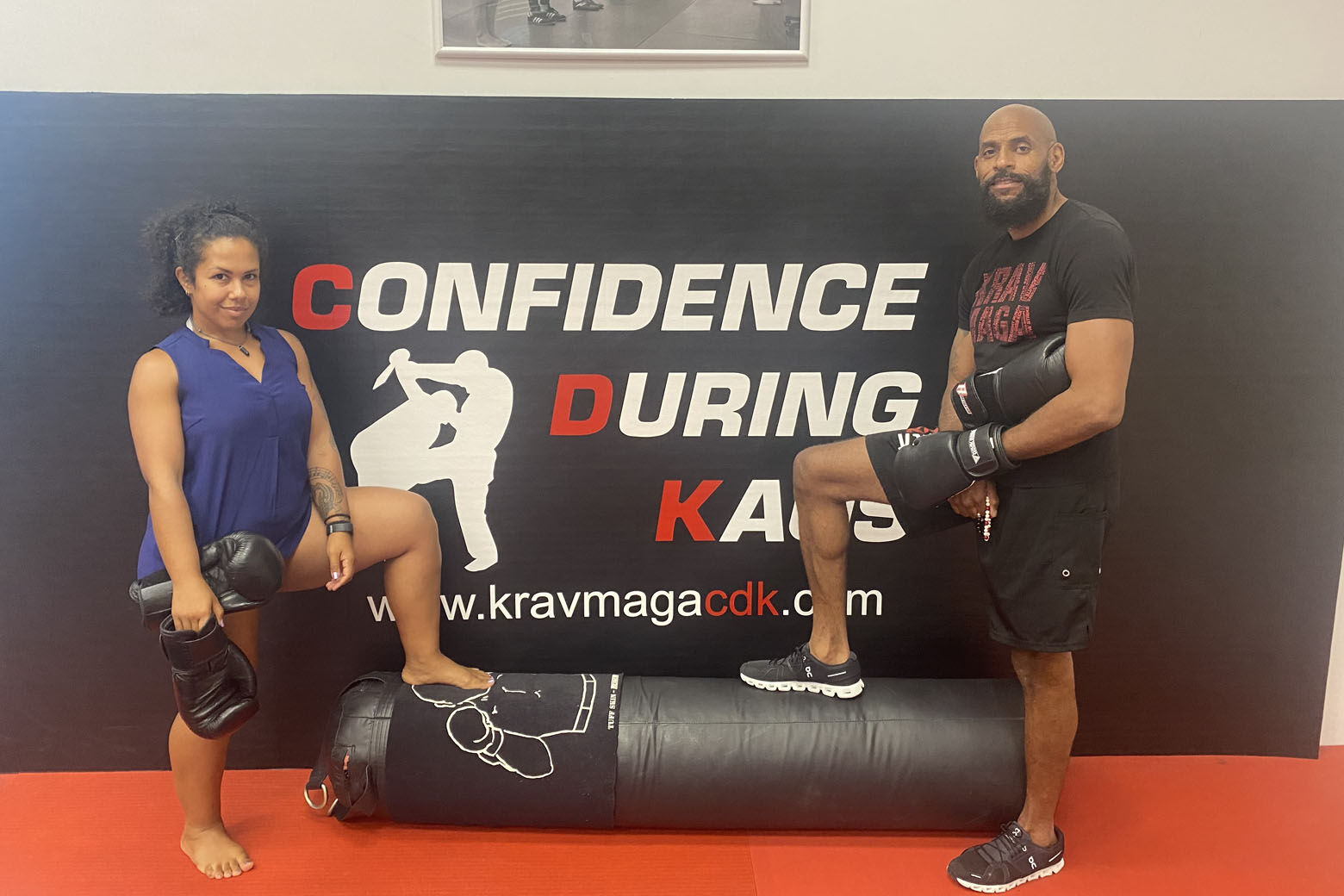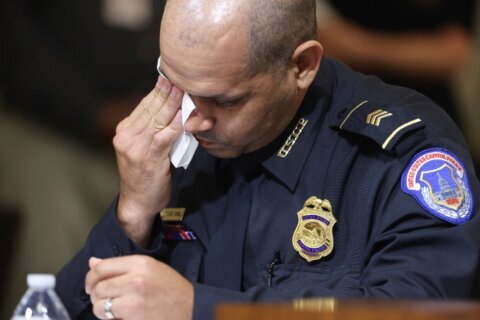Recent headlines of people being harassed and attacked at Metro stations, in restaurants and on city streets have left some people wondering what they can do to protect themselves when situations turn threatening.
WTOP spoke with a local self defense expert on some tips to avoid an attack.
If a situation does arise, you do not want to escalate it to physical violence.
“You don’t know the outcome of a situation and the outcome of a physical fight can be really bad,” said DJ Stephens.

Stephens is the owner and head instructor at Krav Maga CDK in Chevy Chase, Maryland. He has been training in self defense for 15 years and martial arts for over 30 years and has a book titled “Self Defense: Why Even Bother?” coming out in the coming weeks.
He told WTOP that he teaches his students to always assume any threatening person has a weapon and a friend that you cannot see.
“And you don’t know just by looking,” said Stephens.
That is why he suggests doing everything possible to avoid being in a threatening situation in the first place.
“There are a lot of different steps you go through before the actual physical encounter happens,” said Stephens.
The first thing Stephens suggests is to simply walk away as soon as you think you might be in a threatening situation, whether you are waiting for a train or in line to get coffee; you can always return later when the threat has passed.
Do not worry about being polite if you think your life is at risk. Try to run away or create distance.
“The first thing that has to happen for somebody to do any physical harm to you, is they have to get close enough to do it,” said Stephens. “The second thing that happens is they have to touch you.”
But sometimes naivete or ego keeps people from running away.
“A lot of people aren’t willing to walk away, they aren’t willing to run away,” said Stephens.
If you can’t run or walk away, that is when you try to de-escalate.
“So they’re yelling and I start yelling; that’s not going to make them go away,” he said. In fact, that is likely to make the situation worst.
Instead stay calm and bring the energy down.
Stephens said agreeing with what an attacker is saying will often catch them off-guard and de-escalate.
“Somebody says you’re an A-hole and I say, ‘Yeah I’ve been working on it…’” said Stephens. “I don’t really agree, but who cares about this person’s opinion? I’m just trying to de escalate the situation. Most fights start with a disagreement.”
Trying to de-escalate a potential violent situation as a bystander is a little trickier.
“It can get dangerous— because you never know how situations are going to end,” said Stephens. “A lot of people aren’t trained at all. So that means that when they intervene, they’re putting themselves in danger.”
He said call 911 before anything if you actually think violence will erupt.
If you do intervene, he said to go directly to the potential victim and immediately lead them away. Avoid directly confronting the threat, because they may have a weapon and it may escalate the situation even more.
If you do believe the only way to defuse the situation is by talking to the potential threat, Stephens has used a tactic of approaching them in a friendly manner and informing them that there is a police officer just around the corner and they may want to get out of there.
Stephens suggested that if you are concerned for your safety, seek out self-defense training. He also suggested a few books that may help out, such as “Facing Violence: Preparing for the Unexpected” or “When Violence Is the Answer: Learning How to Do What It Takes When Your Life Is at Stake.”
“Walk away, run away and try to de-escalate,” Stephens hammered home. “Fighting is a last resort.”








